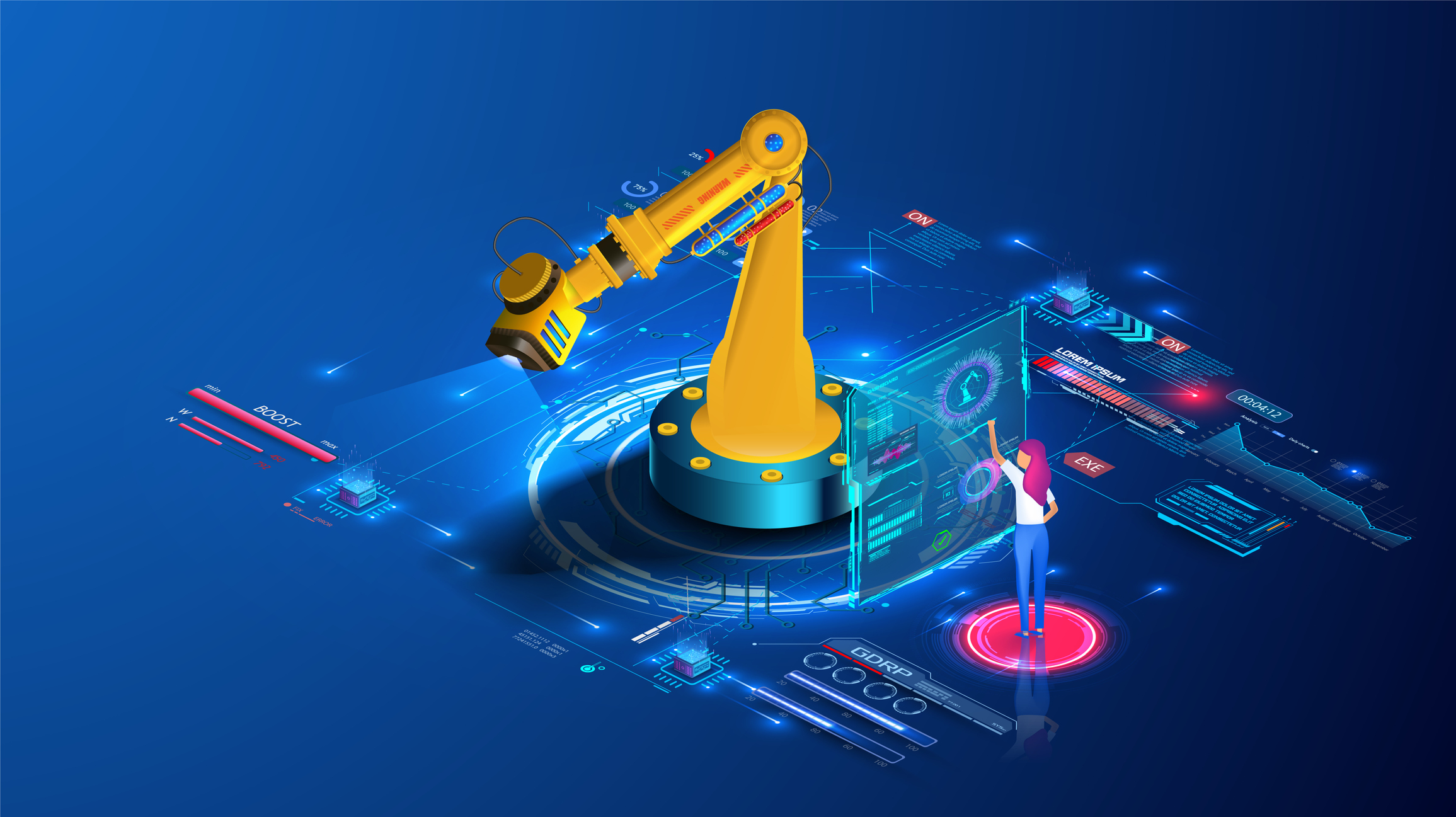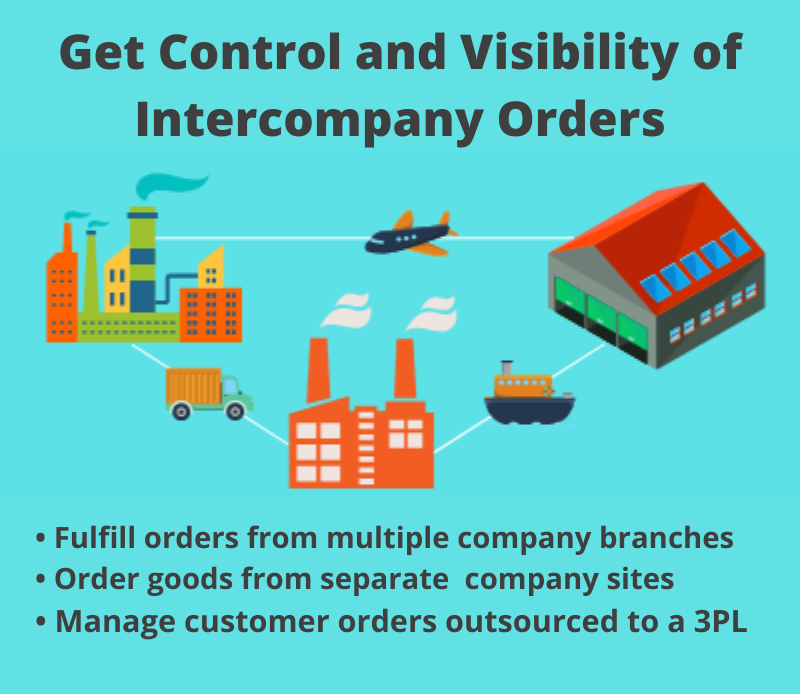
Artificial intelligence projects range from large and complex projects that overhaul production with robotics to smaller projects that solve targeted challenges and deliver big results. Many of the smaller, more manageable, targeted AI solutions are the more successful ones. They are often pilot programs to test the waters, develop a base for further digital transformation, and engage stakeholders.
One example is Tata Steel Europe, which began its Future Value Chain digital transformation effort in 2016-2017 with demand planning. They knew they needed to start with an area that would show value and be a proper foundation that would provide the data they would need for future endeavors.
At Tata, the goal was to start with a use case focused on quickly generating value, such as demand planning. They have since expanded their transformation to other areas with success. Future Value has reached the point where business teams take ownership. The teams define the problems and eventually appreciate the value – one of the more essential elements for success.
The company started the initiative because it had a backlog of orders with no way to predict when an order would be completed accurately. They also struggled with responsiveness to supply chain issues.
It is working. Since starting Future Value Chain, Tata Steel has increased revenue by over $13.8 million a year. They have reduced stock levels by 19%, controlled their order backlog, and have significantly improved delivery performance. You can read more about their story here.
AmerisourceBergen, a wholesale drug company in Pennsylvania, used spreadsheets to pull production cost data from several systems, historical data, and their own knowledge to determine customer sensitivity to price changes and evaluate how they stacked up against the competition’s pricing.
Recently, they integrated a system that calculates their production costs and uses their past transaction data, weather forecasts, and other outside data automatically as a basis for setting prices. The company uses built-in algorithms that alert them when a price is below cost.
AmerisourceBergen is also looking into using machine learning to improve workflow. First, they plan to establish a framework where a person-made decision automatically triggers certain actions. Based on this experience, the next time a decision needs to be made, they would have a base of knowledge to suggest a set of actions. This provides consistent decision-making and frees the pricing team to focus more on opportunities that bring value to the organization.
Here are other real-world examples of small, targeted efforts that delivered big results
A company, experiencing unplanned equipment downtime on primary process equipment several times a year, needed a way to anticipate the failure and schedule the repairs. They did not want to inventory the replacement part since it was expensive, it had a long order lead time. Each time the part failed, it cost hundreds of thousands of dollars in lost production. After analyzing data, AI was able to identify the imminent failure in time to order parts and schedule planned downtime for repairs.
Another manufacturer was experiencing failure at the final testing stage for a small number of giant diesel engines. It might have taken months to find the source of the problems using traditional analytical methods. Within 45 days, AI predicted 80% of failures with false positives. After further training the model, it now works at 100% accuracy, alerting operators to shut down testing in time to make needed repairs.
In his article From Daimler to a Small Italian Supplier, 3 Enlightened Digital Moves, Georg Kube outlines how some automakers have adopted new technologies.
Indus Motor Company in Pakistan has equipped its plants with sensors to detect conditions such as humidity and temperature. They expect the sensors will reduce downtime and limit the degradation of machine parts. They have also created a defect tracking app designed to spot flaws along the production line and send data to its ERP system. Having data processed in real-time enables them to take corrective action before problems become more significant. Indus has already reduced the number of defects per unit by 20%.
OMR Group, a small Italian automaker, scrapped paper-based and manual processes and instituted a new IT backbone. Using a manufacturing intelligence and integration system, operators can access a range of products and parts data right on the production floor. Previously, they entered data into the system days later, and error rates were high. Now, operators have direct access to data on touch screen monitors. This new ability to connect production systems right through to delivered products has helped OMR executives make more timely, targeted decisions and do a better job tracing products.
Manufacturing is still at the beginning of this journey, but it is becoming more apparent — companies that embrace AI will dominate in the future. Taking advantage of AI technologies can make your organization leaner, more agile, and more competitive. It will enhance your analytic capabilities, so you can reduce costs, more efficiently use resources, anticipate demand, and make better decisions.
We are working with AI professionals to develop a range of AI solutions for the QAD environment. Contact us for a discussion about how we can help you.




